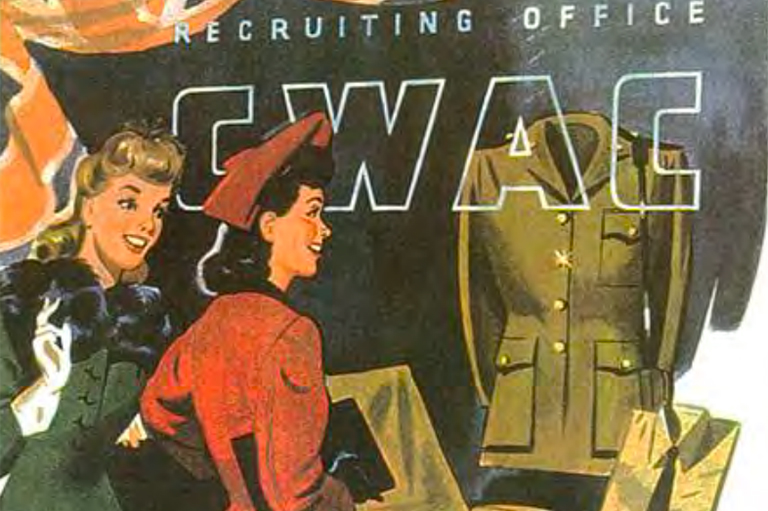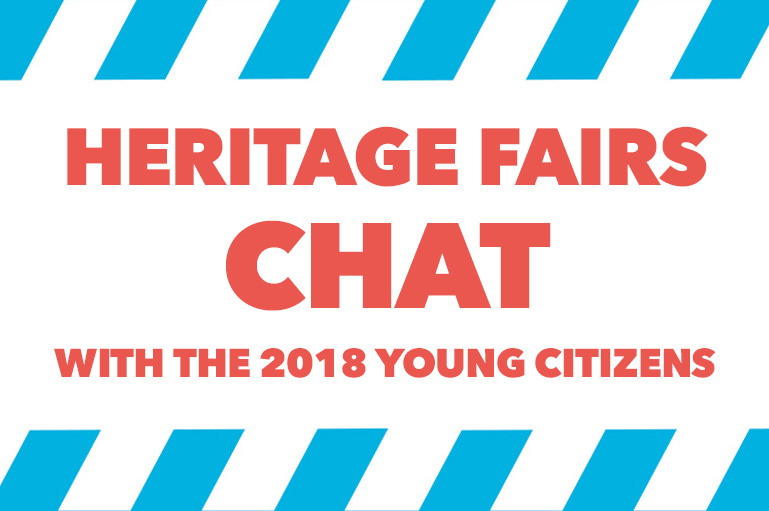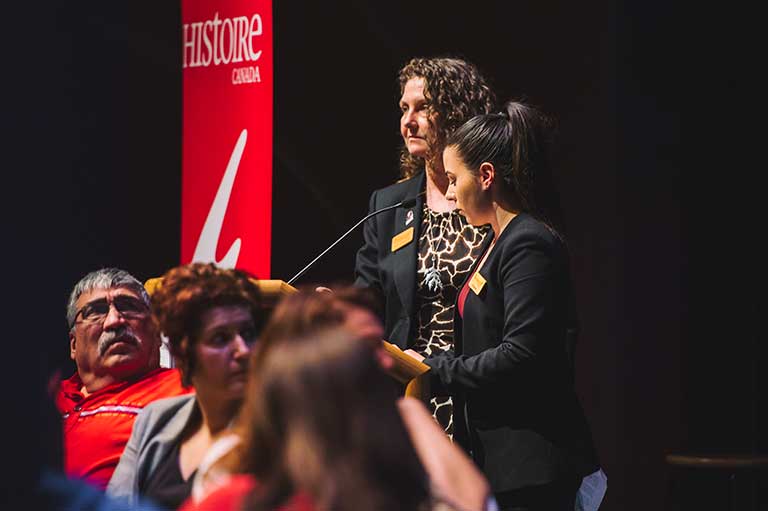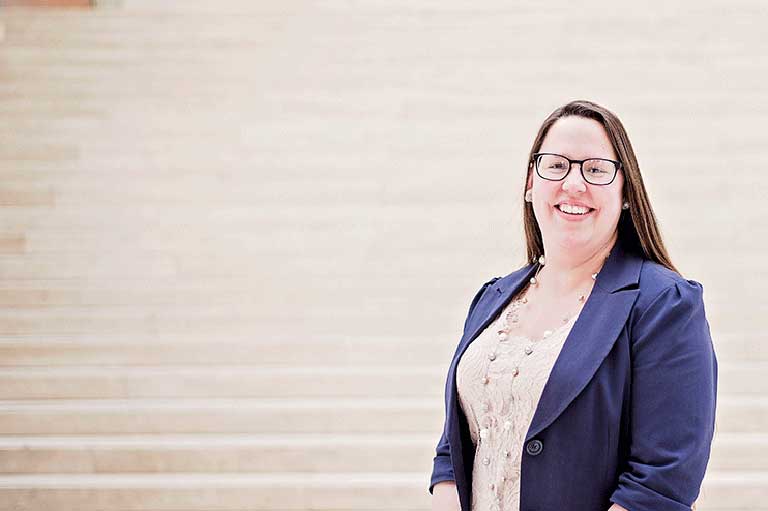Using primary sources as a form of social justice
Download a PDF of this presentation
About this webinar
In this presentation Samantha focuses on how, by providing access to primary sources, institutions such as archives, museums, and libraries can engage young people in social justice work that can have a benefit to how they view the past, present, and the future. In particular, Samantha explores and gives examples for three ways institutions can think of their work as in the service of social justice:
- By introducing student to new face, places, and experiences otherwise flattened in traditional, textbook History and Social Studies lessons.
- By giving people a change to bear witness to the ordinary lives of Canadians.
- By breaking down traditional relationships between teacher/student, student/teacher, archivist/teacher, student/archivist.
About the presenter
With a PhD from York University in Education (2012) and a focus on meaningful learning in Canadian history education, Dr. Samantha Cutrara has become an expert in her field of teaching and learning history in both traditional and non-traditional sites of education, such as classrooms, museums, and archives.
As a History Education Strategist, Dr. Cutrara develops strategies, projects, and programs to help organizations and individuals teach Canadian history in interesting, meaningful, and comprehensive ways. This has been done by writing curriculum and creating resources, leading professional development sessions for educators, developing exhibits and related programming, and building partnerships and community amongst organizations and individuals.
In January 2015, Dr. Cutrara began developing an academic manuscript for UBC Press based on her doctoral research. The first draft of this manuscript, Creating Possibilities: Meaningful learning in Canadian history, was completed in November 2015. Along with her writing, Dr. Cutrara provides consulting services to museums, archives, galleries, and other educators, as well as help students develop their critical civic understanding and awareness at Seneca College as a partial-load Professor in the Liberal Arts department.
View more webinars in this series: Visual History webinar series
Themes associated with this article
Advertisement





